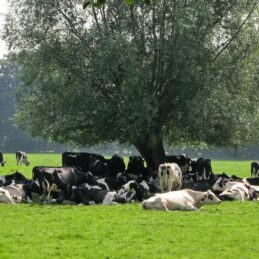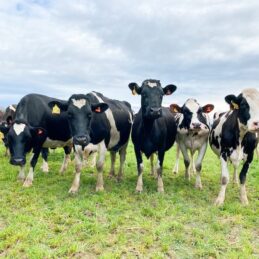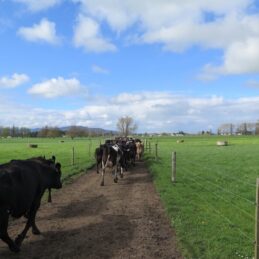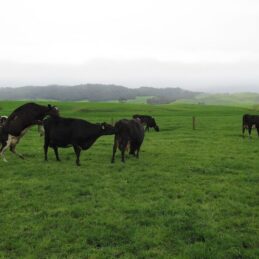It has been said many times before but cannot be said enough. Your calves are the future of your herd.
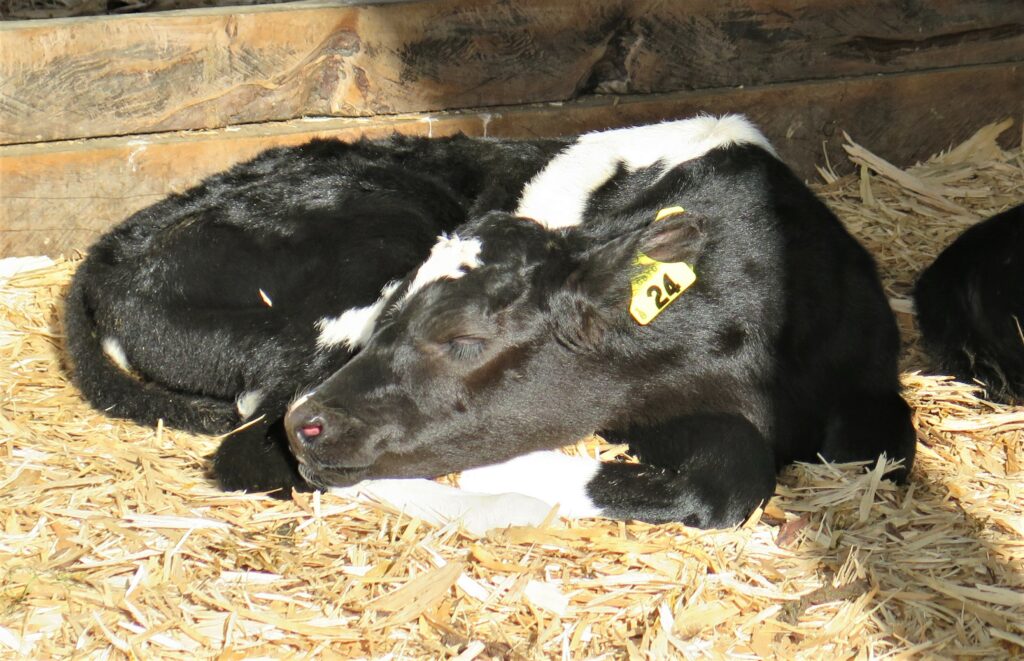
Getting this season’s calves off to a flying start is crucial for our herd fertility and production in years to come. Colostrum is the key to this, right at the start. Colostrum is the very first feed and arguably the most important of all the feed we offer them.
More and more research is being done into early life nutrition and how it benefits cows in the herd through their lifetime. One study1 noted, “the growth-promoting constituents present in colostrum may be related to proliferation and maintenance of the mammary gland”. So what we feed right at the start is also translating into production from two years’ of age and beyond.
Colostrum contains antibodies, needed for the calves’ immune system. Antibodies do not cross the placenta from cow to calf; colostrum is our only option as a source of passive immunity from day one. As well as the antibodies present, colostrum is a much richer feed than milk from the vat. For example, it contains around twice the amount of solids and almost 10 times the amount of Vitamin A when compared to milk from the vat.
How we get the colostrum to the calf is very important. We often talk about the four Q’s of colostrum. These are the most important points to remember when planning for the season ahead.
Quickly:
With newborn calves, we have a small window of opportunity to get the colostrum into them and for the antibodies to be absorbed from the gut to the bloodstream. As soon as a calf is born, the permeable gut starts to close and the large immunoglobulin (antibody) molecules are less easily absorbed. These immunoglobulins (IgG’s), fed right at the start, help protect the calves from harmful bacteria and disease in the early weeks whilst the calf develops and produces her own IgG’s. Calves should be fed colostrum within 6 hours of birth with a second feed within 12 hours.
Quality:
Not only is the “Quickly” important in our calves, it also links to the Q of “Quality”. The quality of colostrum the cow is producing starts to decline from the birth of the calf. After this point, there is a dilution effect as she continues to produce milk in the udder. Milking colostrum cows as soon as practically possible is as important as feeding the colostrum to the calves.
A Brix refractometer is the best way to assess quality on farm. The higher the number, the better the quality; we are looking for a minimum of 22% for the first feed. The graph below from Dairy Australia2, shows that calves fed good quality colostrum (over 22% on the Brix scale) have a higher concentration of IgG in their serum.
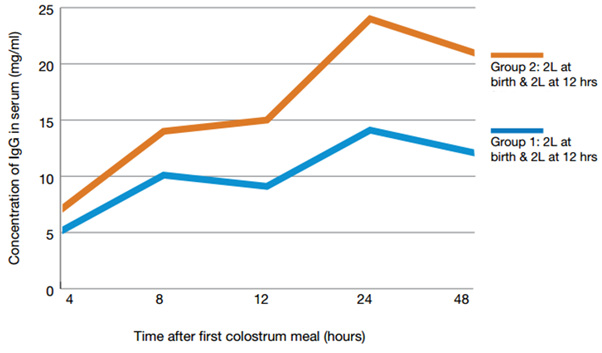
Figure One: Dairy Australia comparison of IgG concentration in serum over time, at different colostrum quality levels. Blue line – lower quality colostrum. Orange line – higher quality colostrum.
Quantity:
The minimum amount of colostrum to feed to our calves is 10% of their birth body weight across the two feeds; 2 x 2 litres within 12 hours of birth for a 40kg calf. However, the Faber study1 compared two different quantities (2 litres vs 4 litres) of colostrum at the first feed, within one hour of birth. Those calves fed the 4 litres in the first feed had a greater level of weight gain, recovered more quickly if they became ill as calves and had a higher level of milk production in the first two lactations.
s(Q)eaky Clean:
It is important to ensure all the equipment we use for colostrum storage and feeding is spotlessly clean. Bacteria can bind to the IgG’s and prevent absorption. The bacteria can also cause illness in calves who have not had time to develop sufficient immunity. Using stainless steel buckets which are easier to clean, placing lids on buckets to prevent muck falling in and cleaning and disinfecting all storage and feeding equipment will go a long way to help this “Q”.
If we follow the four Qs, we can reduce the number of calves with failure of passive transfer (FPT) of immunity and ensure great rates of growth and development.
Once the calves have moved from colostrum for their first few feeds, to transition milk and then on to milk from the vat, it is time to consider how we can keep giving them the best there is to offer. With the great advances in breeding cows for production, we have huge benefits in volume produced per cow. But the same benefits do not carry through to the quality of milk for our calves. Whole milk is a wonderful source of nutrients but doesn’t provide the full quota of vitamins and trace minerals they need to optimise their growth. This is where a product like DanCalf® Gold comes in. Designed to offer the “gold standard” of supplementation to your calves, DanCalf® Gold offers the vitamins and trace minerals for improved growth and also contains probiotics and pre-biotics including Immuboost®, AgriMos® and Levucell® SB; all great additions for a young developing animal.
Immuboost® is a probiotic containing four strains of beneficial bacteria for rapid colonisation of calves’ gastro intestinal tract to help lower gut pH creating an undesirable environment for pathogenic bacteria.
AgriMos® is a prebiotic which aids the establishment of the probiotic bacteria as well as priming the calf’s immune system and helping combat harmful bacteria.
Levucell® SB is a live probiotic yeast which promotes favourable lactic acid producing bacteria. Independent scientific trials have shown Levucell® SB reduces the number of calves with scours, reduces the severity of scours, improves growth rates in calves and reduces the requirement for antibiotics.
To learn more about DanCalf® Gold or to discuss calf rearing set up and programmes, get in touch with your Nutritech Area Manager.
- Faber, S.N., Faber, N.E., McCauley, T.C. and Ax, R.L., 2005. Effects of Colostrum Ingestion on Lactational Performance, The Professional Animal Scientist 21:420 – 425
- Rearing Healthy Calves Manual – second edition, 2020. Dairy Australia


